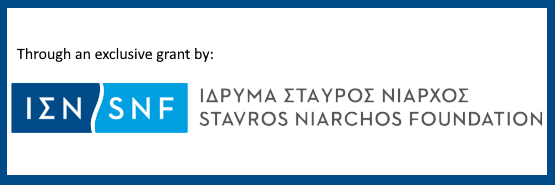Tuesday 05 November 2019 16:00 – 17:00 A. Payatakes Seminar Room
“Advanced Oxides for Environmental and Energy Applications”
Dr. Vassilios Binas Institute of Electronic Structure and Laser (IESL)
Abstract
The global concerns in the development of human civilization, the scientific and technological issues of energy utilization and environment protection are currently facing challenges. Nowadays, enormous energy demands of the world are mainly met by the non-renewable and environmental unfriendly fossil fuels. The substitution of the conventional energy platform has become extremely urgent, in the pursuit of the renewable and clean energy sources and carriers, including hydrogen storage, CO2 convention, batteries, and supercapacitors. Additionally, long-term industrial and agricultural activities induce serious environmental pollution problems (such as greenhouse and toxic gases, pharmaceuticals and organic micro-polutants) in air and water to deteriorate the ecological balance and the daily human health. The use of solar energy to drive the chemical and energy processes, along with chemical storage of solar energy and air – water cleaning, are imperative for the transition to a low-carbon economy, sustainable and clean society Realizing these challenges requires the development of new ideas, concepts and innovative photocatalytic materials. Advanced oxides (metal oxides and perovskite type nanomaterials) are of great technological importance in energy and environmental applications because if their capability to generate charge carriers when stimulated with a required amount of energy. The promising arrangement of electronic structure, light absorption properties, and charge transport characteristics of most of oxides render them potential candidates particularly for effective environmental and energy applications. Moreover, these materials can be synthesized with low cost, high yield, through easily controlled solution-based techniques. In this presentation, we discuss the use of advanced oxides as photocatalytic materials for the sustainable development in the energy (H2 production etc) and environment (improve air, water and health quality) applications.

